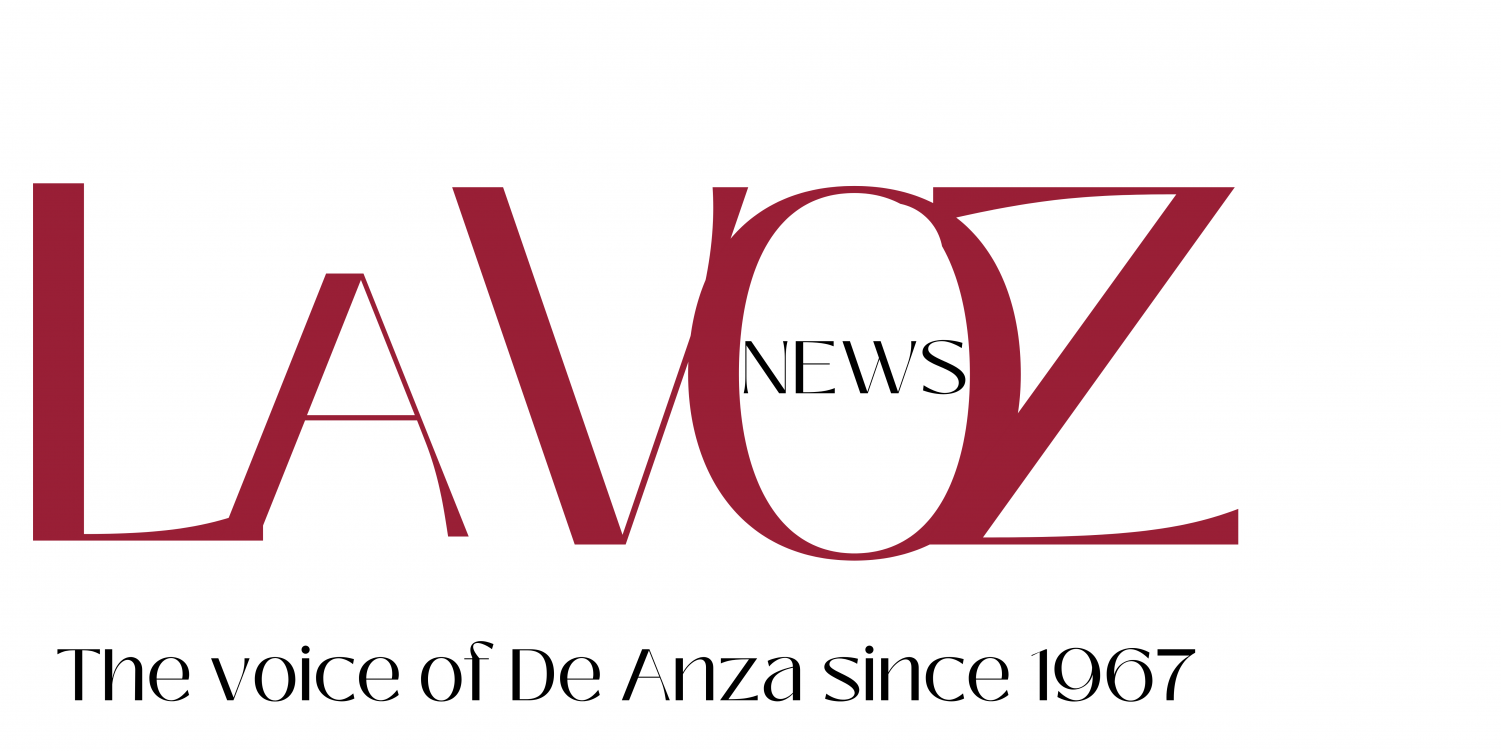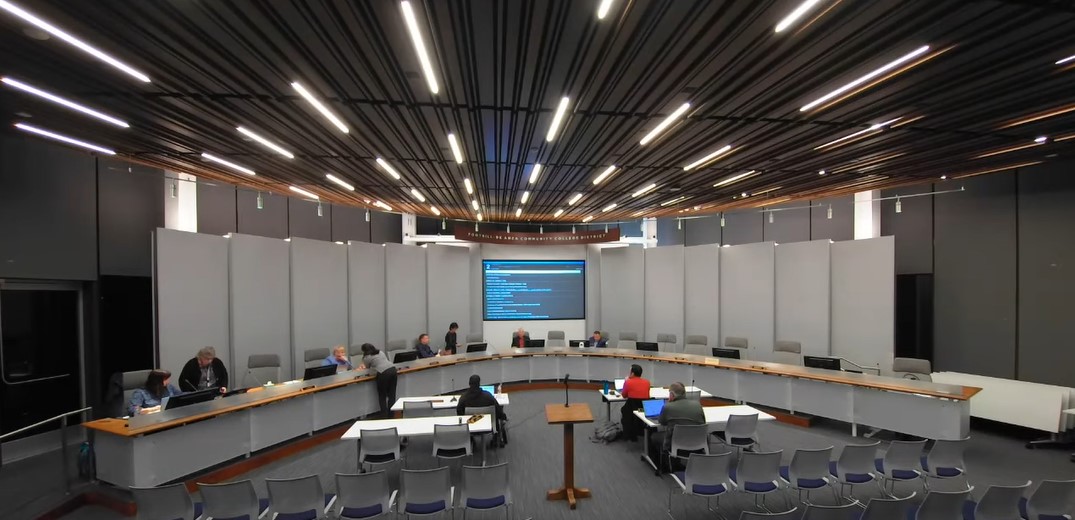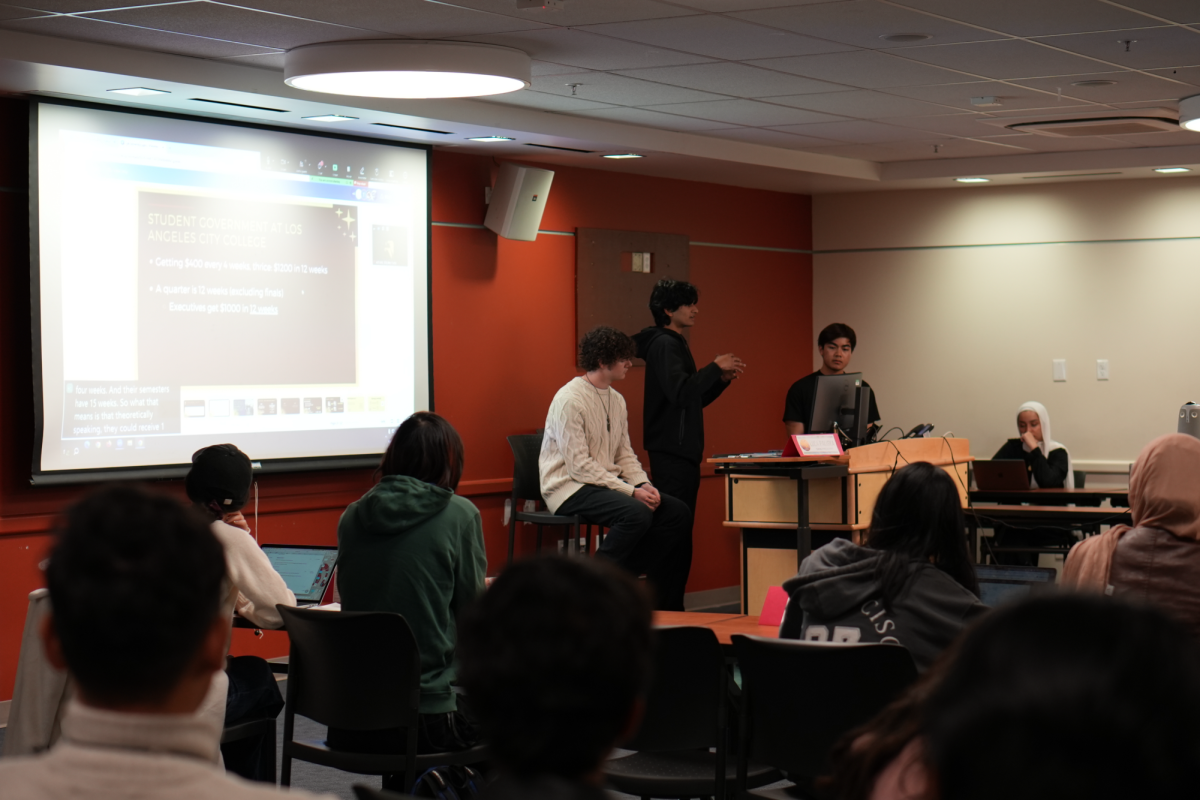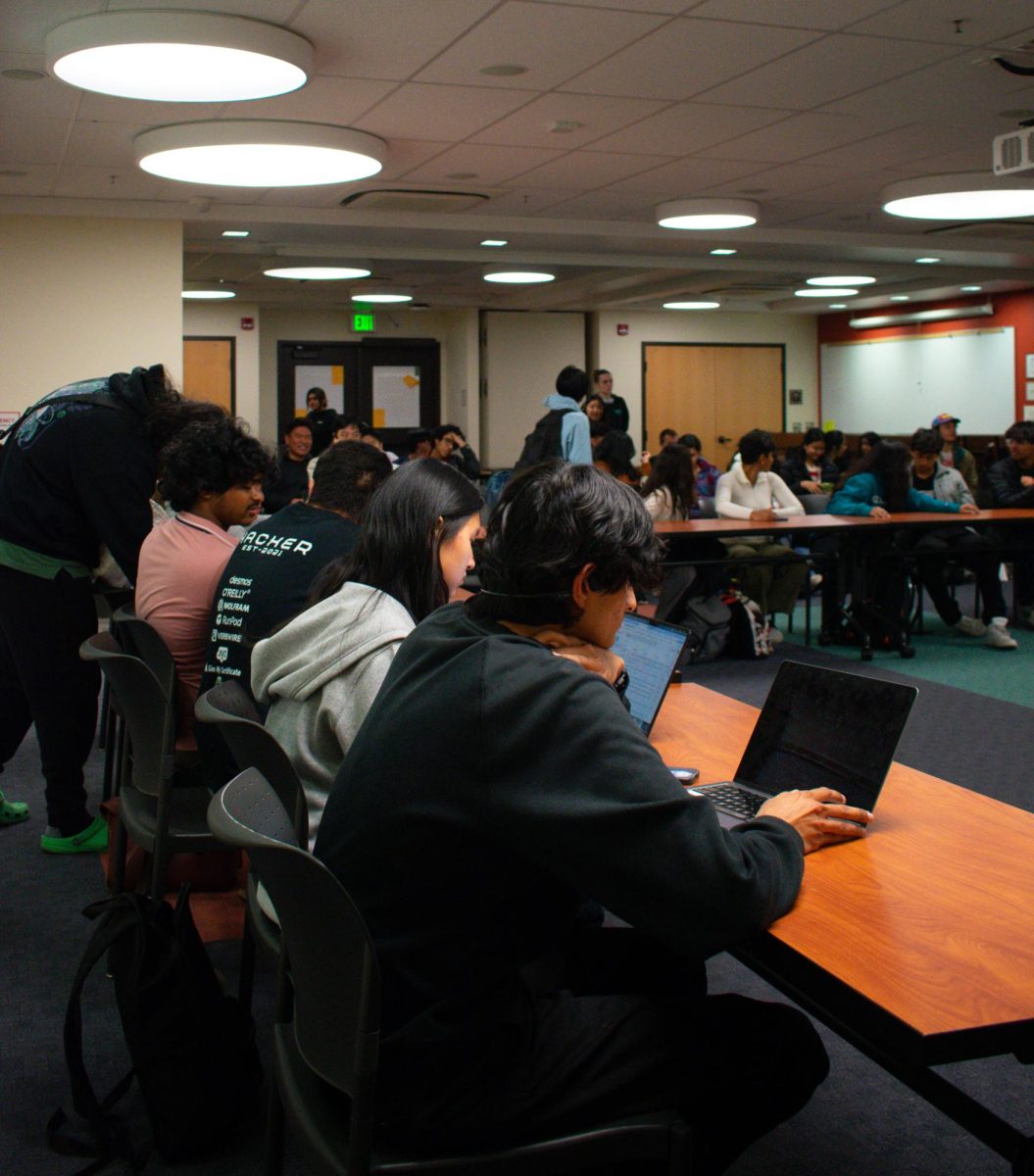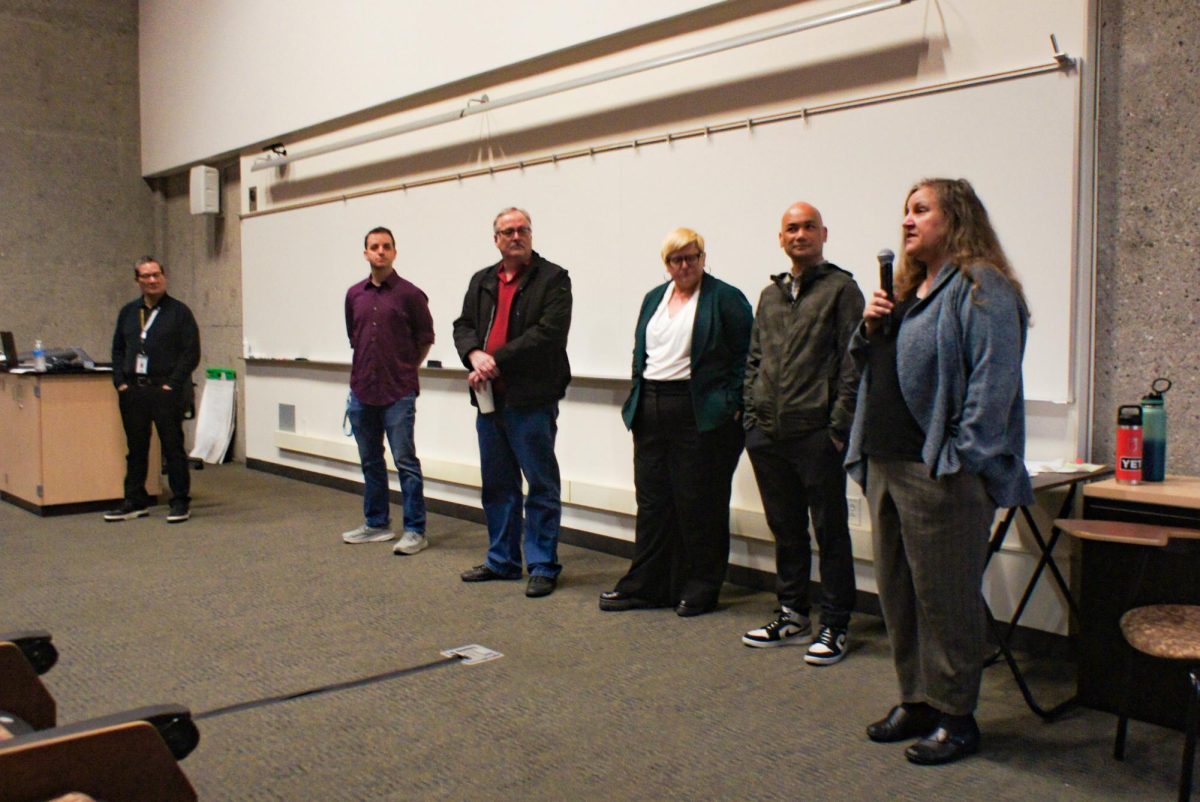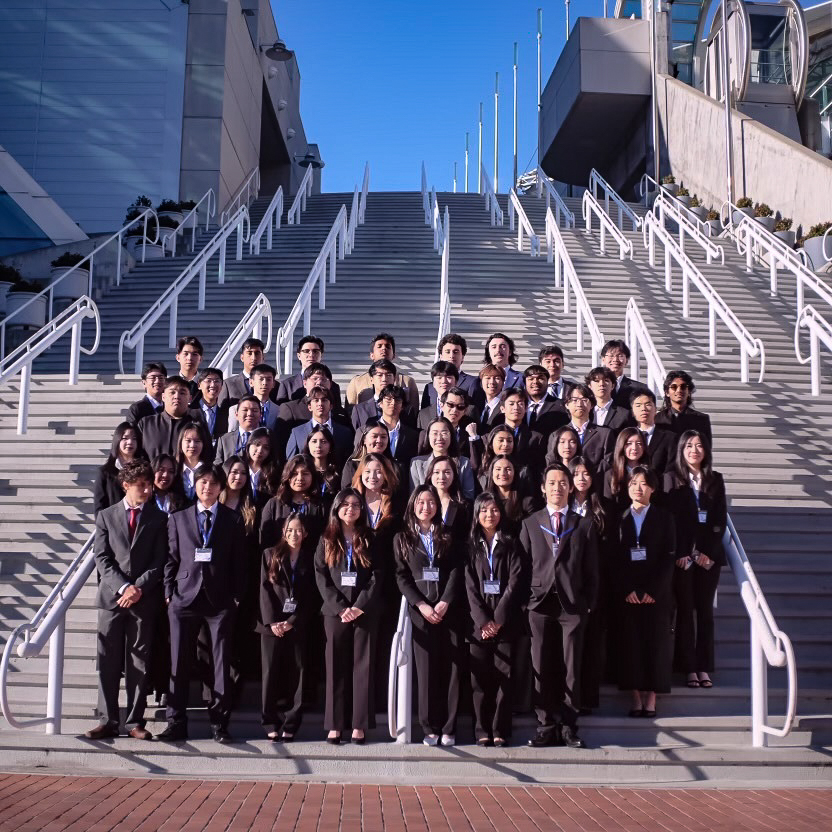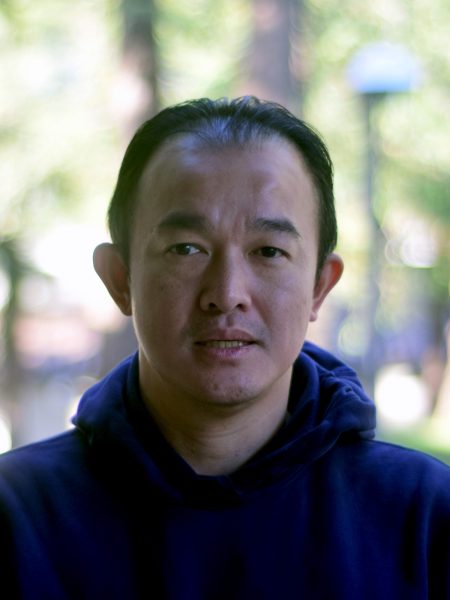Foothill College’s District Building hosted the monthly Board of Trustees meeting on Nov. 4, covering a variety of topics including concerns about the Flint Center demolition, the “Zero Textbook Cost Program” for students and an update on whether Foothill-De Anza Community College District’s has received a percentage of the county’s property tax.
The meeting provided an opportunity to share the awards that La Voz had received at the Journalism Association of Community College Conference that took place at San Francisco State University on Oct. 26.
Following the announcement of La Voz’s awards, the Board of Trustees and the FHDA academic senates praised the publication on a job well done. Interim De Anza President Christina Espinosa-Pieb expressed her appreciation for the student publication.
“(I am) really proud of our students and our journalism department, and of Farideh Dada who is the chair of the journalism department,” Espinosa-Pieb said.
Shortly afterwards, the meeting returned to its original agenda. The Board of Trustees panel featured Board of Trustees President Peter Landsberger, Chancellor Lee Lambert, Vice Chancellor Christopher Dela Rosa, De Anza Student Representative Iris Li and Foothill Student Representative Zara Ainge, just to name a few.
A topic for discussion was about the status of the ongoing demolition of the Flint Center under Measure G. Laura Casas, a Trustee Area 1 board member, posed the question about whether the dust resulting from the demolition may contain asbestos.
Joel Cadiz, the overseer of the Flint Center demolition, said he has already contracted a professional abatement company as well as a consultant who has already prepared plans to mitigate any possible impact caused by dust.
A male observer at the meeting said he saw a large plume of concrete dust that went over the Sunken Garden.”
Cadiz said a hazmat consultant on board who monitors the demolition will instruct the construction crew to halt demolition if they detect anything out of the ordinary.
Hazardous materials, or hazmats, include substances such as toxic chemicals, fuels, nuclear waste products, and biological, chemical, and radiological agents. According to the National Ocean Service, liquids, solids, gasses, or a combination of all three, such as dust, fumes, gas, vapor, mist, and smoke, can release hazmats into the environment.
Cadiz showed his powerpoint presentation slides to the board members, depicting a series of progression photos of the Flint Center, from pre-demolition to its current status.
Espinosa-Pieb weighed in her thoughts on the Flint Center demolition. The interim De Anza College president requested to have some of the Flint Center’s award recognition plaques taken down. It is sitting in her office, where she will eventually hand them over to the De Anza archives.
There was also a demand for the Flint Center furniture. Cadiz said that Apple inquired about the availability of the Flint Center seats, but the computer and consumer electronics company never followed up on their request. Espinosa-Pieb also requested to have two chairs, two tables, and a coat rack, which were located in the upper suites of the Flint Center, to be delivered directly to the president’s office.
“it just broke my heart to see that all of this furniture was just going to be thrown away because I had so many memories of being in that Flint Center,” Espinosa-Pieb said.
The meeting then moved toward Vice Chancellor Christopher Dela Rosa giving his presentation on the 2024–25 FHDA First Quarter Fiscal Report. He provided a series of graphs and charts to illustrate the 6.29% increase of full-time resident students and the 18.46% increase of full-time non-resident students this quarter.
Dela Rosa provided an update that FHDA has not received the percentage of the total property tax payments the county received from its district residents.
“Since we (FHDA) are a local agency, just like K-12 school districts, FHDA community college district gets a share of property taxes collected within our service area,” Dela Rosa said. “The county does it for us and they tell us how much we’re getting from the total property taxes for our district.”
Although both the federal and state governments contribute toward the nation’s education bill, local school districts and community colleges rely heavily on property taxes for financial support, according to the County of Santa Clara.
Student senate representatives from De Anza and Foothill College began talking about their respective agendas after Dela Rosa finished his presentation.
Then, Academic Senate member and counselor Voltaire Villanueva of Foothill College began discussing a “Zero Textbook Cost Program” for students.
California legislation for the ZTC grant program states that colleges should prioritize the development and implementation of a degree from an existing associate degree for transfer… (so that) degrees and career technical education certificates that are prepared for conversion to ZTC program pathways be submitted, according to the California Community College website.
Villanueva said that this program is available at any community college; however, faculty members will need to adapt the textbook to their own curriculum.
“It’s actually (a program) for faculty to convert their current textbook that may be from a publisher that could cost students upwards (of) 50 to hundreds of dollars to an option that is what they call (an) open educational resources.” Villanueva said. “And basically, it says, ‘Free textbook.’”

